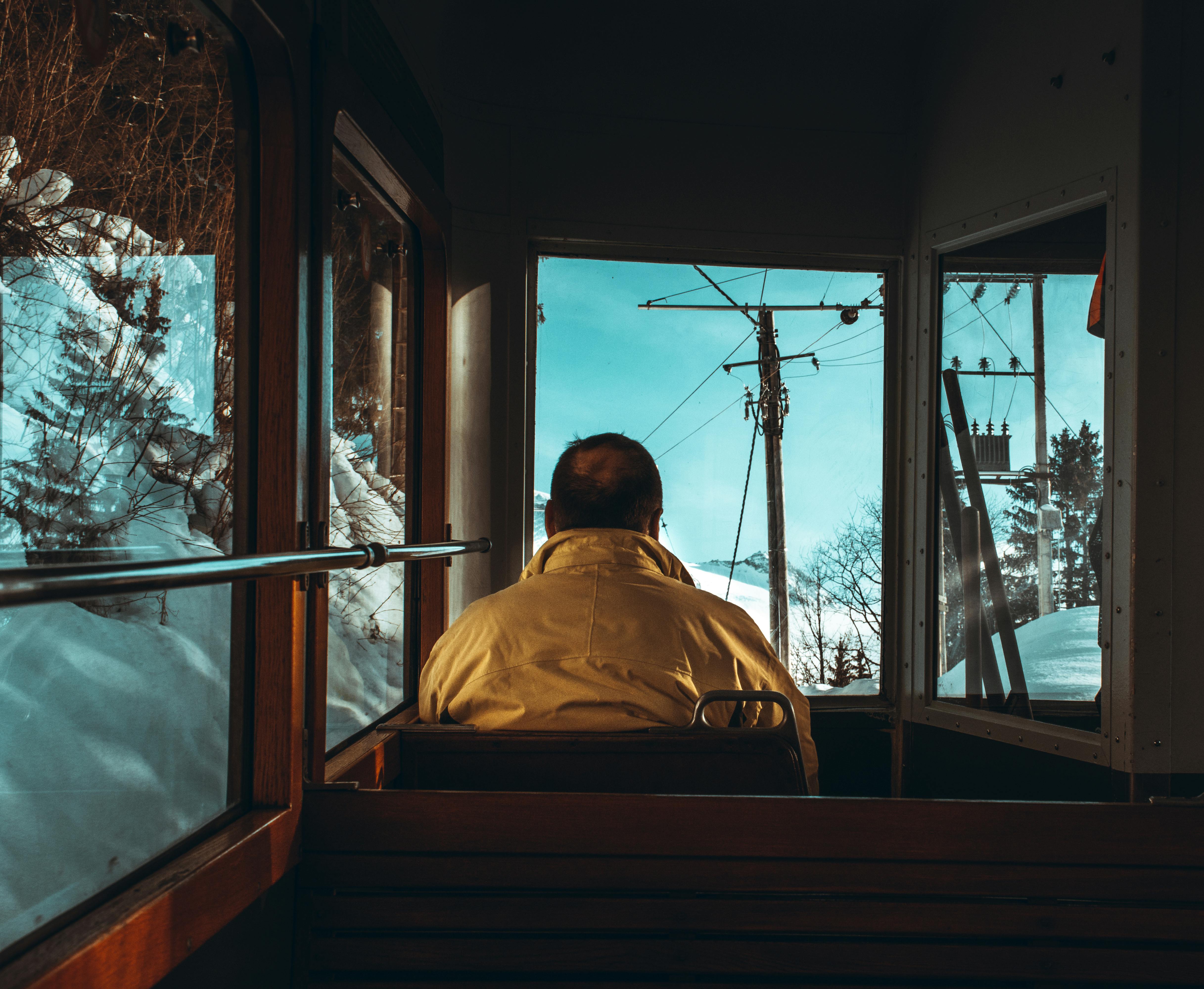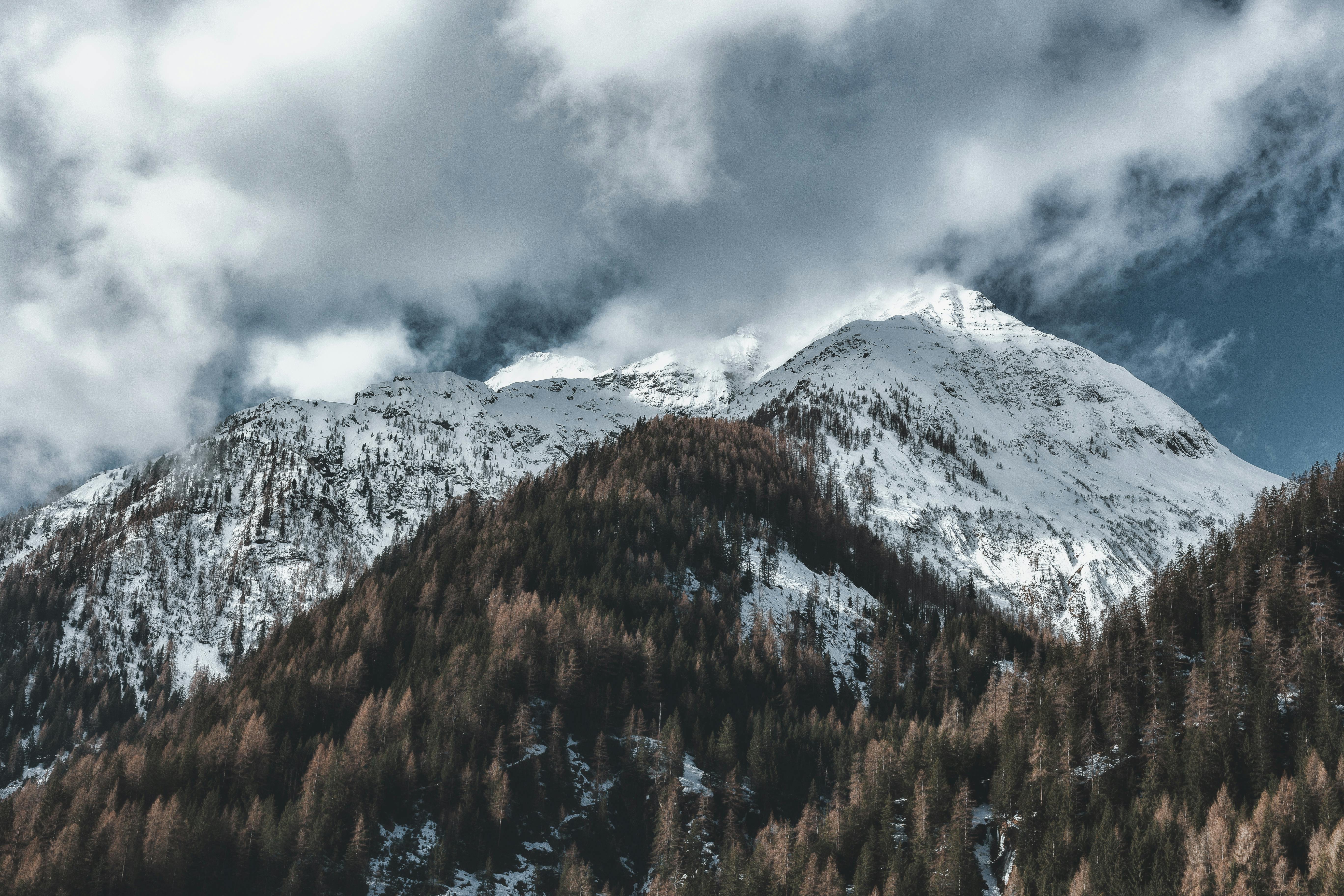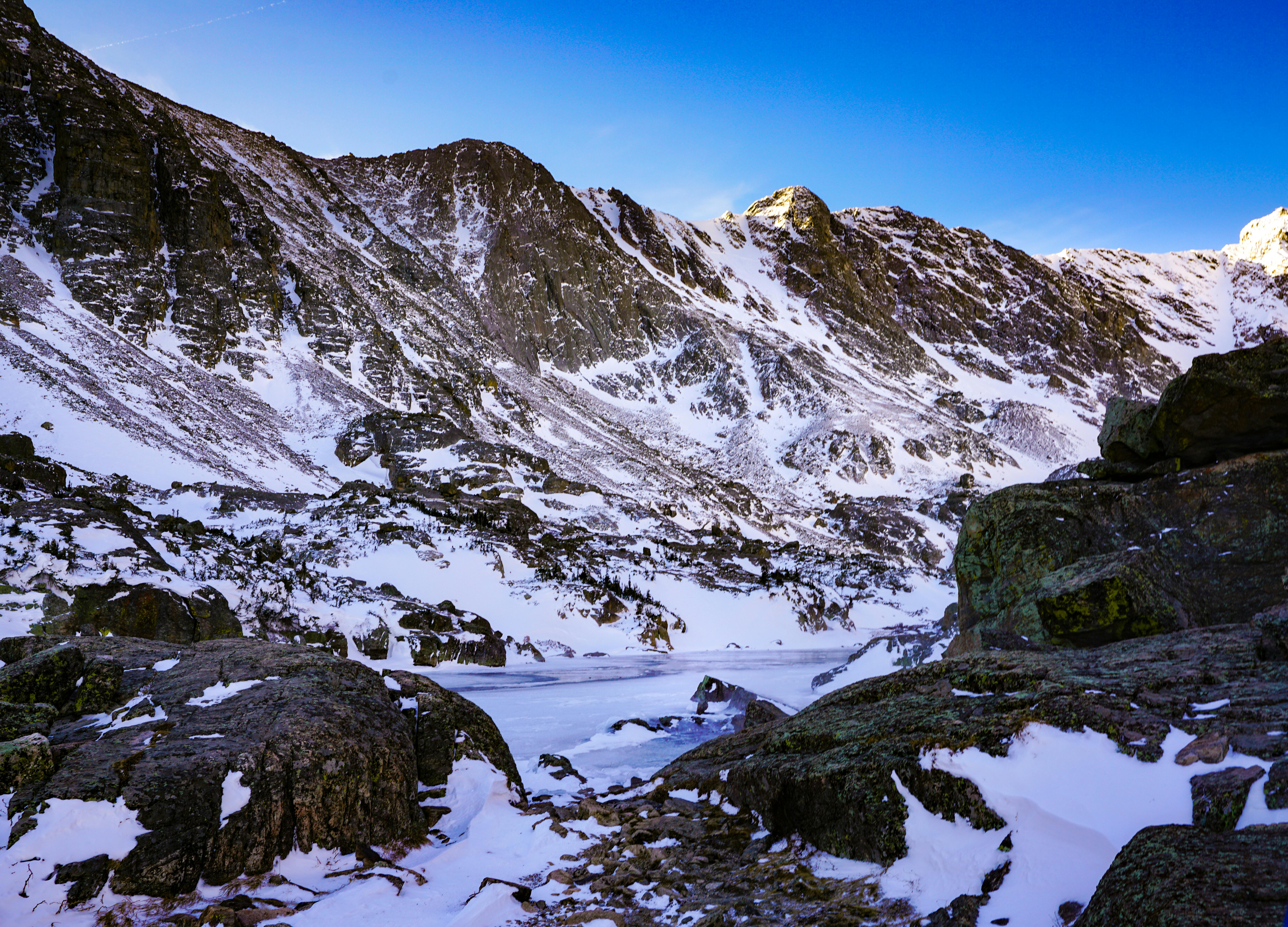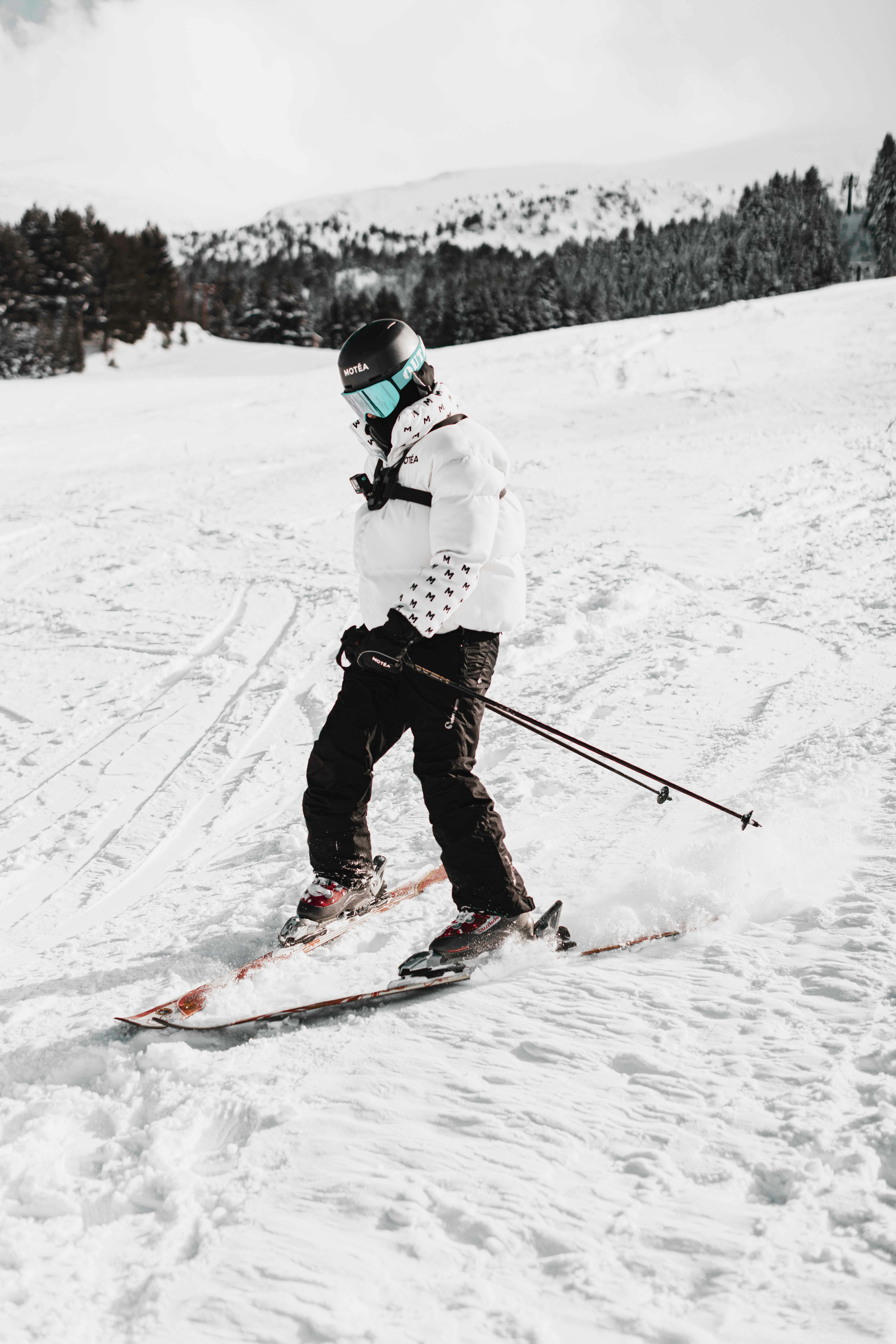How Much Less Float Do You Get From Shorter Skis? [Essential Ski Insights from An Expert]
Skiing is more than a sport—it’s a delicate dance of skill, gear, and terrain. Over the years, I’ve had the privilege of skiing down powder-filled mountains ranging from the Alps to Hakuba, Japan. My time on the slopes, particularly as a professional ski advisor and ambassador for Overo Glasses, has taught me lessons on everything from snow conditions to ski designs. One question I often hear on the slopes and online is: how do shorter skis affect floatation in powder? This is a complex yet fascinating topic that ties directly into the heart of the skier's experience.
Allow me to take you on a reflective journey—drawing on my expertise and personal stories—to demystify this topic. Whether you're a novice skier eyeing shorter skis for agility or a powder hound contemplating their effectiveness, this blog provides the clarity you seek.
The Day the Mountain Taught Me About Floatation
Let me start with a story. A couple of seasons ago, I set out on a backcountry skiing adventure with fresh powder coating the range. I had always been loyal to longer skis, confident in their ability to float effortlessly on deep snow. But on that particular day, I decided to test my limits by trying shorter skis. Was I eager? Sure. Apprehensive? A little. As the crisp mountain air filled my lungs, I clipped into my bindings, ready to embrace a new kind of challenge.
The shorter skis felt like an extension of my body through tight, tree-laden trails. Each turn was swift and precise, a feeling that can only be described as pure exhilaration. Yet, as I moved to deeper powder later that day, the truth about surface area came sharply into focus. My skis began to sink more than I was used to. I adjusted my weight, fine-tuned my stance, and made it work—but not without extra effort. That day, I came face-to-face with the reality that shorter skis, while excellent for control and maneuverability, naturally sacrifice some degree of floatation in soft snow.

The Science of Shorter Skis and Floatation
Based on my experience—and a little insight I’ve gathered from the skiing community—here's the crux of the debate: shorter skis reduce the contact surface area with the snow. In powder, where less resistance is your best ally, surface area is key. Skis act as your flotation devices, distributing your weight across the snow to keep you "floating" atop.
Here’s why shorter skis offer less float:
1. Reduced Surface Area: Shorter skis have less snow-covered area to distribute your weight effectively.
2. Sink Factor: Less surface area often creates greater downward pressure, causing you to “sink” more in powder.
3. Momentum and Speed: Floatation also depends on your forward momentum. With shorter skis, maintaining that critical feedback loop becomes a bit more challenging.
It became clear on that day in the backcountry: knowing your terrain's demands and gear’s limitations is paramount to making the most out of your ski day. Shorter skis demand subtle shifts in how you distribute weight and maintain balance. These technical adjustments can make all the difference between gliding over powder and struggling through it.

The Case for Shorter Skis: Agility Where It Counts
All this talk of reduced float might sound like a dealbreaker—but shorter skis are not to be underestimated. They're a master of their own realm, excelling in scenarios where nimbleness and control trump floatation.
During those tight tree runs, the shorter skis felt like an extension of my thoughts, responding effortlessly to every turn. Weaving between obstacles with minimal exertion created a rhythm that I couldn’t replicate on longer skis. Shorter skis are ideal in:
- Tight, Narrow Spaces: Glades, trees, or mogul fields where precision is key.
- Terrain Parks: Their lighter weight allows for enhanced control during spins and jumps.
- Beginner Comfort: Shorter skis are often easier for new skiers to manage, offering stability for building confidence.

Versatility Versus Specialization: Choosing Based on Terrain
So how do you decide whether shorter skis are right for you? It depends on the skiing experience you seek and the environments you frequent. Based on my observations and advice I’ve shared over the years, here’s a quick breakdown:
| Scenario | Short Skis Strength | Long Skis Advantage |
|---|---|---|
| Tight Trees/Glades | Nimble for quick, snappy turns | Risk of slower response times |
| Powder Days | May require extra technique for float | Excellent floatation |
| Groomed Trails/Hardpack | Responsive and easy to turn | More stable at speed |
| Mixed Terrain | Easy to adapt in diverse conditions | Requires advanced skill for transitions |

Overcoming Float Obstacles: Tips & Tools for Prescription Glasses Skiers
As a dedicated ski advisor for Overo Glasses, I’ve also worked with countless skiers who require prescription eyewear. Here’s where I want to circle back to something equally critical: your vision. Even the best skiing technique won’t help if you’re struggling to see clearly on the slopes. For prescription eyewear users, pairing glasses with goggles often introduces challenges such as reduced comfort, fogging, or poor fit.
This is where Overo Prescription Ski Goggles come in. They’ve revolutionized skiing for countless prescription glasses wearers by addressing the struggles head-on:
- Superior Compatibility: You don’t need to replace your favorite goggles. Our Overo prescription inserts are designed to fit inside mainstream ski goggles seamlessly.
- Fog-Free Adventure: Thanks to military-grade anti-fog technology, your lenses stay crystal clear even in extreme humidity.
- Perfect Fit: With a stable, snug design, our inserts eliminate slipping or shifting during intense activities.
- Environmentally Minded: High performance and eco-consciousness come together through our recyclable materials.
If you’ve ever wrestled with suboptimal eyewear on the slopes, you’ll understand what a game-changer this is. Seeing the mountain—a pristine, untouched snowy surface—unfolding before you without visual hindrance is a joy every skier deserves.

My Takeaways: Let the Mountain Challenge You
Reflecting on that day in the backcountry, I came to appreciate that skiing isn’t always about finding the easiest way down the mountain. Sometimes, it’s about letting the mountain reveal what you need to learn. Shorter skis, for all their challenges in powder, taught me to adapt and refine my technique. They reminded me that our gear isn't just an accessory—it’s our partner out there in the wild.
If you’re considering shorter skis, go for it! Embrace the agility, learn to manage the float dynamics, and step outside your comfort zone. And for my fellow prescription eyewear enthusiasts, consider making Overo Prescription Ski Goggles part of your kit. Clear vision paired with agile skis? That’s a combo worth celebrating.
So, whether you’re carving through icy groomed trails, chasing powder stashes, or weaving through dense trees, remember this: every piece of gear tells part of your story on the mountain. Choose wisely, ski boldly, and never stop challenging yourself.
Frequently Asked Questions
How do shorter skis affect floatation in powder?
Shorter skis reduce surface area, which means they distribute your weight less effectively across the snow. This can cause the skis to sink more in powder compared to longer skis, making them less ideal for deep snow conditions without proper technique.
Are shorter skis better for beginners?
Yes, shorter skis are often easier for beginners to manage because they are more responsive and stable, making turns and other maneuvers simpler to execute.
What are the advantages of shorter skis?
Shorter skis excel in tight, narrow spaces like tree runs or mogul fields, and are also ideal for terrain parks due to their lightweight and control. They're a great option for those prioritizing agility over floatation.
Can I overcome the float challenges of shorter skis?
Yes, with adjustments in technique like fine-tuning your stance and weight distribution, you can improve floatation with shorter skis. Momentum and speed are also critical factors for staying on top of powder with shorter skis.
How can skiers with prescription glasses manage vision challenges?
Skiers with prescription glasses can use specialized products like Overo Prescription Ski Goggles, which offer superior fog resistance, compatibility with existing goggles, and a stable, snug fit during intense activities.
References
- Choosing Your First Skis - A beginner’s guide to understanding different ski types and their functionalities.
- Wet Powder Skiing Discussion - Insights into skiing on different snow conditions, including techniques required for powder.
- Atomic Backland 100 Overview - Detailed specifications and reviews of Atomic’s versatile ski model.
- Best Backcountry Skis by Switchback Travel - A comprehensive guide to the top skis for backcountry enthusiasts.
- Moment Skis Discussion on TGR Forums - In-depth skier discussions and experiences with Moment skis, including their performance in various terrains.



Share:
5 Things to Know About How Ski Length Affects Float in Powder
5 Steps to Becoming a Ski Bum at 50: Rekindle Your Passion for the Slopes